Things to Do in Intramuros Manila: A Guide to the Best Activities and Attractions
Intramuros, the historic walled city of Manila, offers visitors a glimpse into the Philippines’ rich colonial past. Intramuros is a must-visit destination for history buffs and culture enthusiasts with its well-preserved Spanish-era architecture, centuries-old churches, and museums. The walled city, built in the late 16th century, was the seat of government and center of trade during the Spanish colonial period.
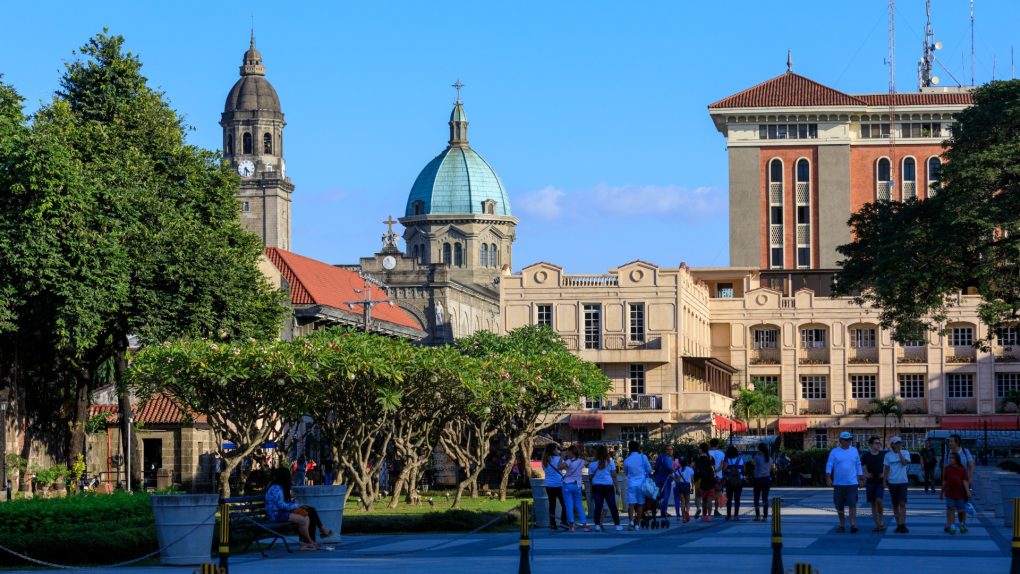
There are plenty of things to do in Intramuros, whether you’re interested in history, art, or food. Visitors can explore the ancient walls and fortifications of Fort Santiago, which once served as a military prison during the Spanish and American colonial periods. The Rizal Shrine, located inside the fort, is a tribute to the national hero Jose Rizal, who was imprisoned here before his execution in 1896. The San Agustin Church and Museum, a UNESCO World Heritage Site, is another must-visit attraction in Intramuros. The church, built in the 16th century, is the oldest stone church in the country and features stunning Baroque architecture. The museum, located inside the adjacent monastery, houses an impressive collection of religious art and artifacts.
Table of Contents
Historical Significance
Spanish Era
Intramuros is a walled city in Manila, Philippines, built by the Spanish in the 16th century. It served as the center of political, religious, and military power during the Spanish colonial period. The walls were constructed to protect the city from foreign invasions and pirate attacks. The Spanish era in Philippine history is characterized by the introduction of Christianity, the establishment of a feudal system, and the imposition of forced labor.
The most significant structures built during the Spanish era in Intramuros are the Manila Cathedral and the San Agustin Church. The Manila Cathedral is the mother church of the Philippines and has been destroyed and rebuilt several times throughout its history. The San Agustin Church is the oldest stone church in the Philippines and has been declared a UNESCO World Heritage Site.
American Era
In 1898, the Philippines was ceded to the United States by Spain after the Spanish-American War. The American era in Philippine history is characterized by the introduction of a democratic system of government, establishing public education, and constructing infrastructure such as roads and bridges.
Intramuros was heavily damaged by a massive fire in 1932 during the American era. The American government rebuilt some of the structures, such as the Manila Cathedral, but many were left in ruins.
World War II
In 1941, the Philippines was invaded by Japan during World War II. The Japanese heavily bombed Intramuros, and much of the city was destroyed. The walls of Intramuros, which had withstood centuries of attacks, were breached by the Japanese army.
After the war, the Philippine government tried restoring Intramuros to its former glory. Many of the damaged structures were rebuilt, and the walls were repaired. Today, Intramuros serves as a reminder of the rich history of the Philippines and the country’s struggles over the centuries.
In conclusion, Intramuros has played a significant role in Philippine history and has survived through various periods of colonial rule and war. The walled city stands as a testament to the Filipino people’s resilience and determination to preserve their cultural heritage.
Landmarks and Attractions
Intramuros is home to various landmarks and attractions that offer a glimpse into Manila’s rich history and culture. From ancient ruins to museums and churches, there is something for everyone to explore and discover.
Fort Santiago
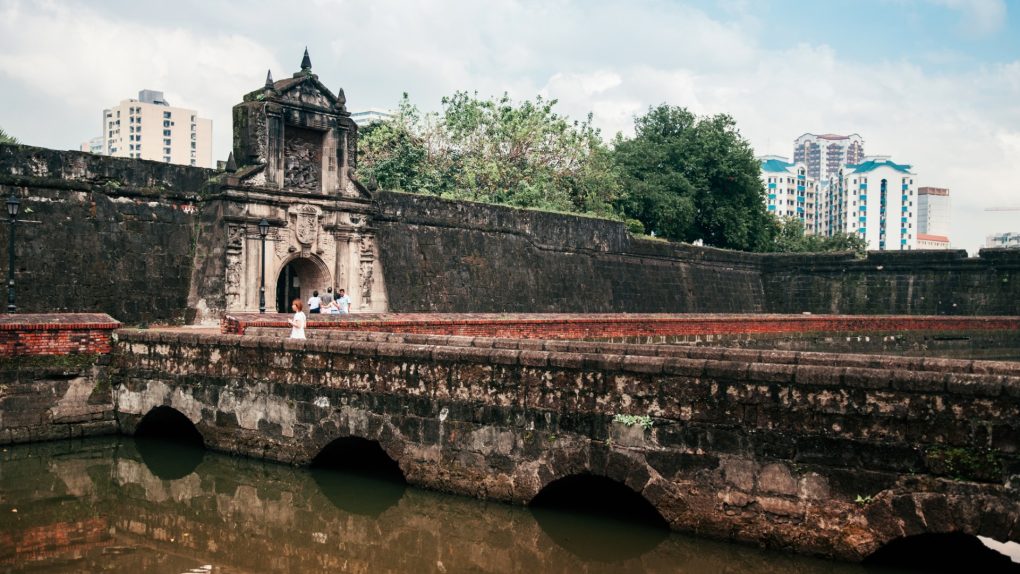
Fort Santiago is a must-visit attraction in Intramuros. Built in the 16th century, this fortress served as a military stronghold for Spanish conquistador, Miguel López de Legazpi. Today, Fort Santiago is a popular tourist destination that allows visitors to explore its dungeons, barracks, and ramparts.
Manila Cathedral
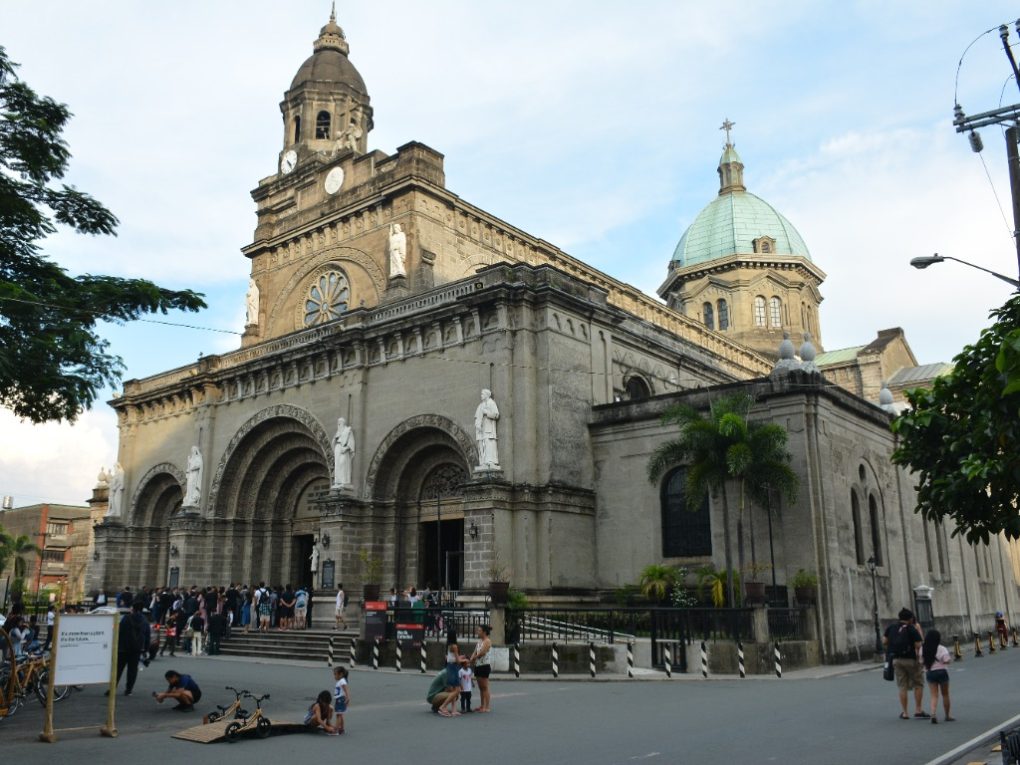
The Manila Cathedral is one of the most iconic landmarks in Intramuros. Built in the late 16th century, this cathedral is a testament to the country’s strong Catholic faith. Visitors can marvel at the cathedral’s intricate architecture and beautiful stained glass windows.
San Agustin Church
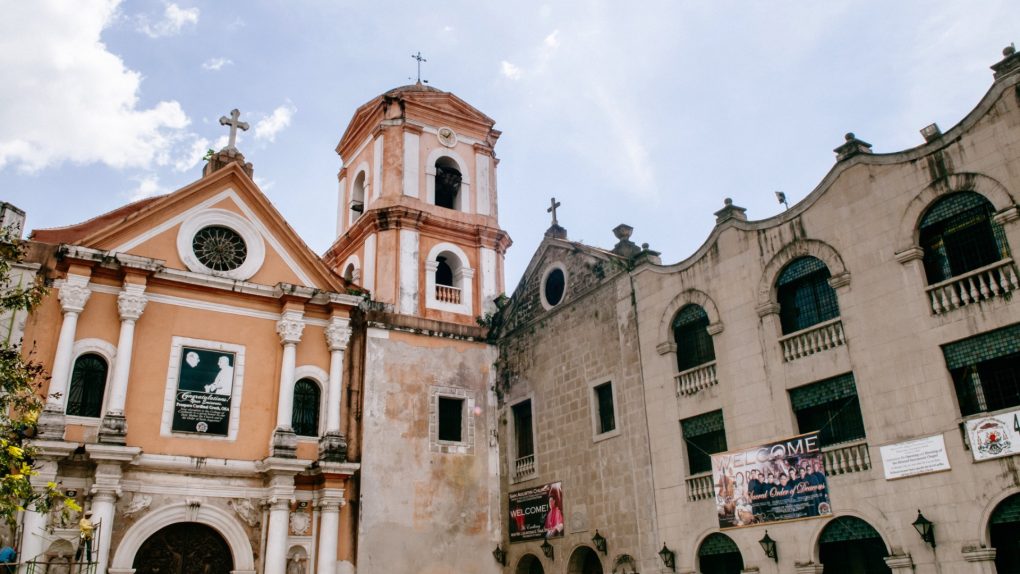
The San Agustin Church is another must-visit attraction in Intramuros. This church is one of the oldest in the country and is a UNESCO World Heritage Site. Visitors can explore the church’s ornate interiors and learn about its rich history.
Rizal Shrine
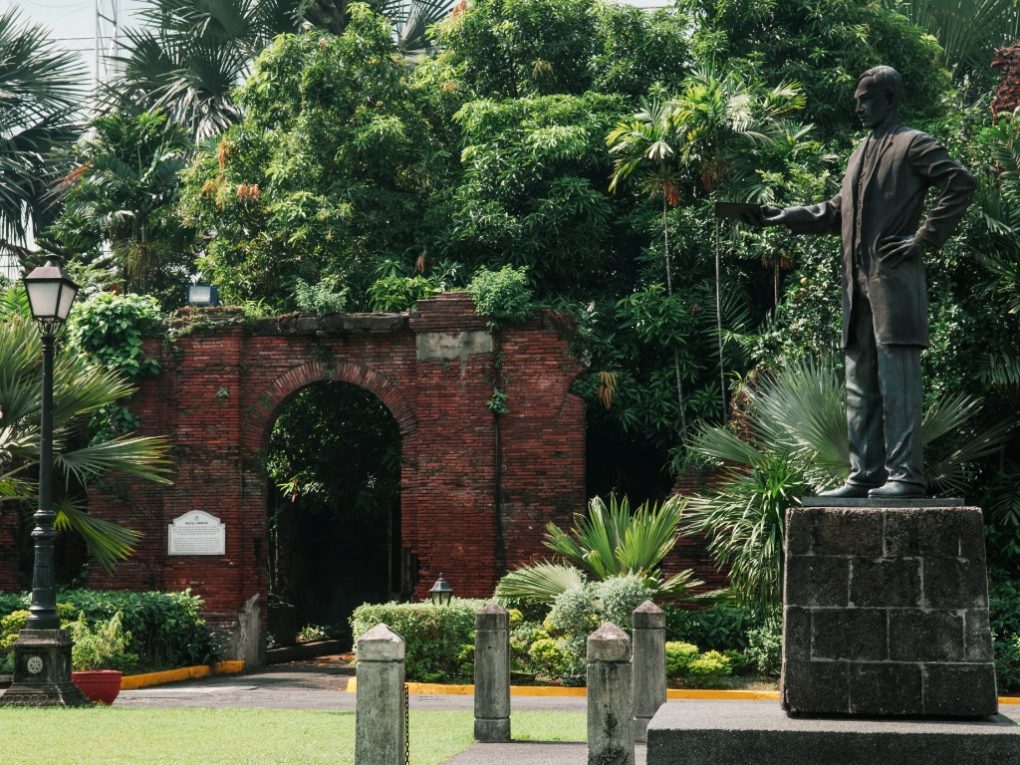
The Rizal Shrine is a museum dedicated to the life and works of the Philippine national hero, Jose Rizal. Visitors can explore the museum’s exhibits and learn about Rizal’s contributions to Philippine history.
Casa Manila Museum
The Casa Manila Museum is a beautifully restored 19th-century mansion that offers visitors a glimpse into the lifestyle of the Filipino aristocracy during the Spanish colonial period. Visitors can explore the mansion’s ornate interiors and learn about the country’s rich cultural heritage.
Bahay Tsinoy Kaisa Heritage Center
The Bahay Tsinoy Kaisa Heritage Center is a museum dedicated to the Chinese-Filipino community. Visitors can explore the museum’s exhibits and learn about the community’s contributions to Philippine history and culture.
Museo Filipino Intramuros
The Museo Filipino Intramuros museum showcases the country’s rich cultural heritage. Visitors can explore the museum’s exhibits and learn about the Philippines’ history, art, and culture.
Museo de Intramuros
The Museo de Intramuros is another museum that offers visitors a chance to learn about the country’s rich history and culture. Visitors can explore the museum’s exhibits and learn about Intramuros’ role in Philippine history.
Palacio del Gobernador
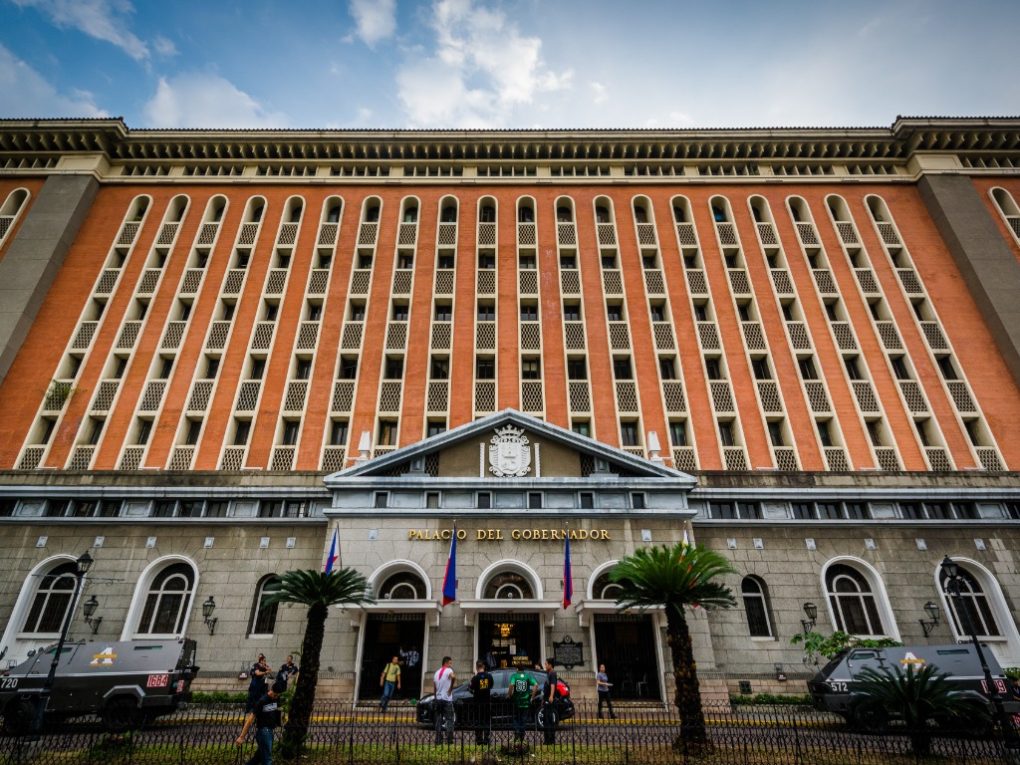
The Palacio del Gobernador is a historic building that served as the seat of the Spanish colonial government in the Philippines. Visitors can explore the building’s ornate interiors and learn about its rich history.
Aduana Ruins
The Aduana Ruins are the remains of a custom house that was built in the 19th century. Visitors can explore the ruins and learn about its role in the country’s history.
Plaza Roma
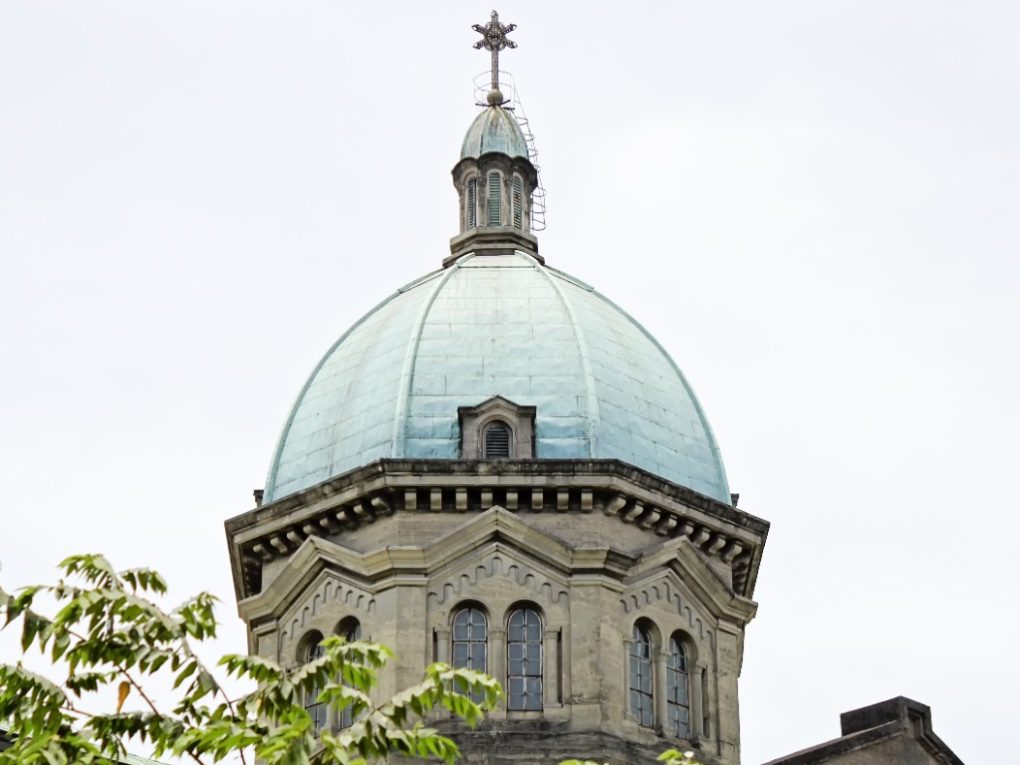
Plaza Roma is a historic square that serves as the heart of Intramuros. Visitors can explore the square’s beautiful gardens and fountains and learn about its role in the country’s history.
Plaza Espana
Plaza Espana is another historic square that offers visitors a chance to learn about the country’s rich history and culture. Visitors can explore the square’s beautiful architecture and learn about its role in Philippine history.
Plaza San Luis Complex
The Plaza San Luis Complex is a historic complex that allows visitors to explore the country’s rich cultural heritage. Visitors can explore the complex’s museums, galleries, and restaurants and learn about the country’s history and culture.
Cultural Experiences
Intramuros is a hub of cultural experiences that offer a glimpse into the rich history and heritage of the Philippines. Here are some of the top cultural experiences in Intramuros that you shouldn’t miss.
Mananzan Handicrafts
Mananzan Handicrafts is a local handicrafts store that showcases traditional Filipino crafts. Visitors can find handcrafted items such as bags, baskets, and accessories made from indigenous materials like abaca, bamboo, and pandan. The store is located in Casa Manila Museum, a restored 19th-century Spanish colonial house that offers a glimpse into the lifestyle of the upper class during the Spanish colonial era.
Carlos Celdran Walking Tours
Carlos Celdran Walking Tours offer a unique way to explore the history and culture of Intramuros. Led by a knowledgeable guide, visitors can explore the narrow streets and hidden corners of Intramuros while learning about its history and culture. The tour covers a range of topics, including the Spanish colonial era, World War II, and the country’s struggle for independence.
Bambike Tours
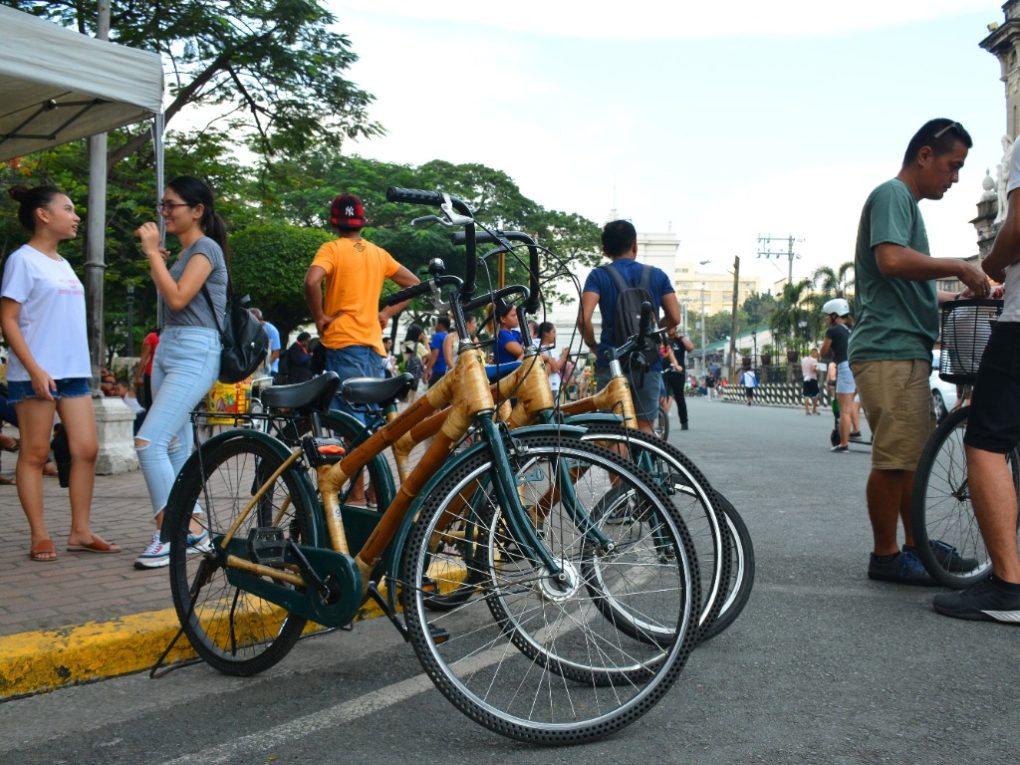
Bambike Tours offer visitors a chance to explore Intramuros on a bamboo bicycle. The bikes are made from sustainable materials and are designed to be eco-friendly. The tour takes visitors through the historic streets of Intramuros while providing insights into the city’s rich history and culture.
Kalesa Rides
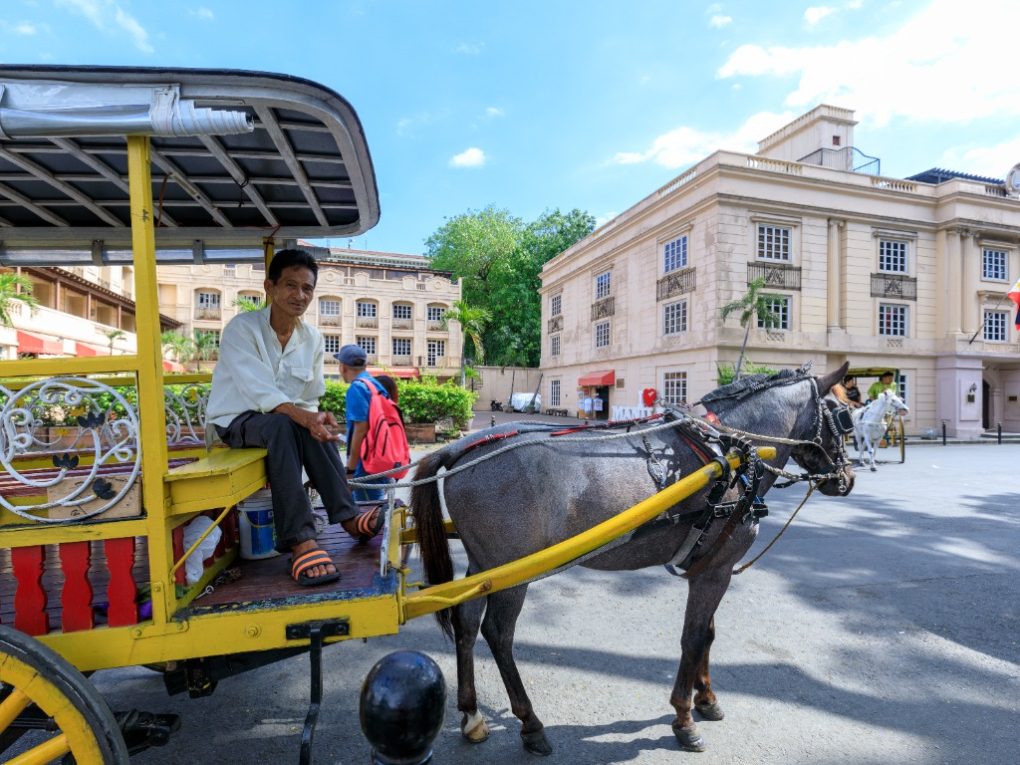
Kalesa Rides offer visitors a traditional mode of transportation that dates back to the Spanish colonial era. Visitors can take a ride on a horse-drawn carriage and explore the historic streets of Intramuros. The ride takes visitors past historic landmarks such as Fort Santiago and San Agustin Church.
Binondo Food Trip
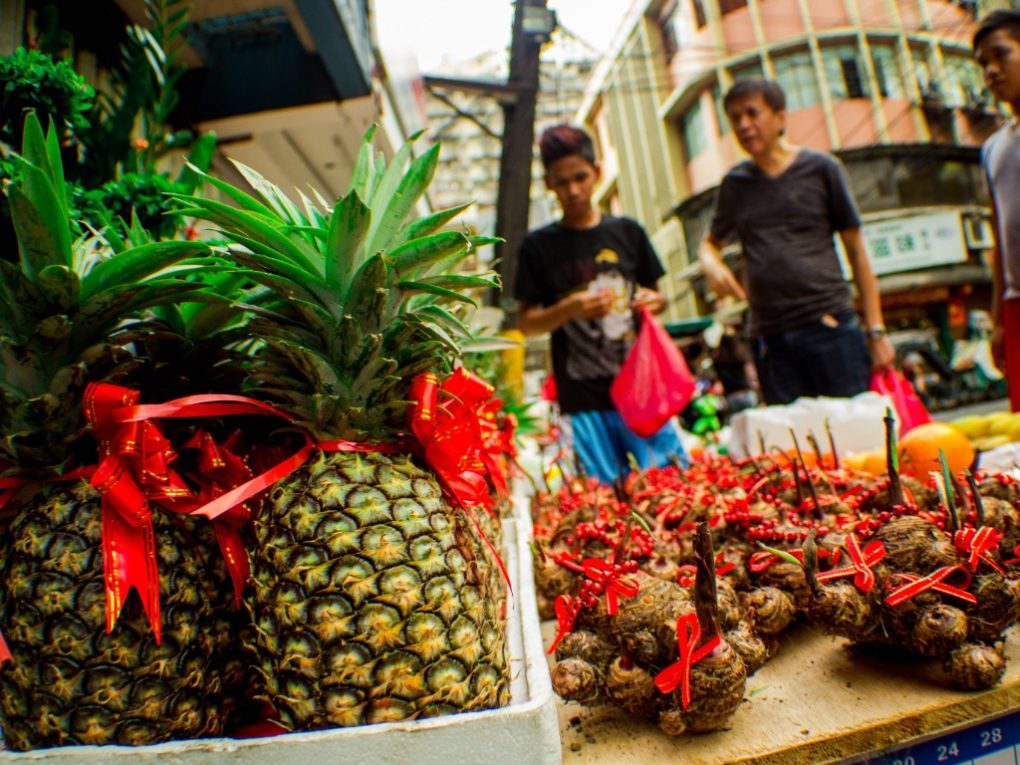
Binondo Food Trip is a culinary tour that takes visitors to the heart of Manila’s Chinatown. Visitors can explore the vibrant streets of Binondo while sampling a variety of Chinese-Filipino dishes. The tour covers a range of dishes, including dumplings, noodles, and exotic fruits.
Transportation
Getting around Intramuros is easy and affordable. Visitors can choose from various transportation options, including jeepney rides, pedicab rides, Central Terminal Station, and LRT access.
Jeepney Rides
Jeepneys are the most popular form of public transportation in the Philippines, and they are a great way to get around Intramuros. Visitors can catch a jeepney ride at any of the designated stops around the city. Jeepneys are cheap, and the fare varies depending on the distance traveled.
Pedicab Rides
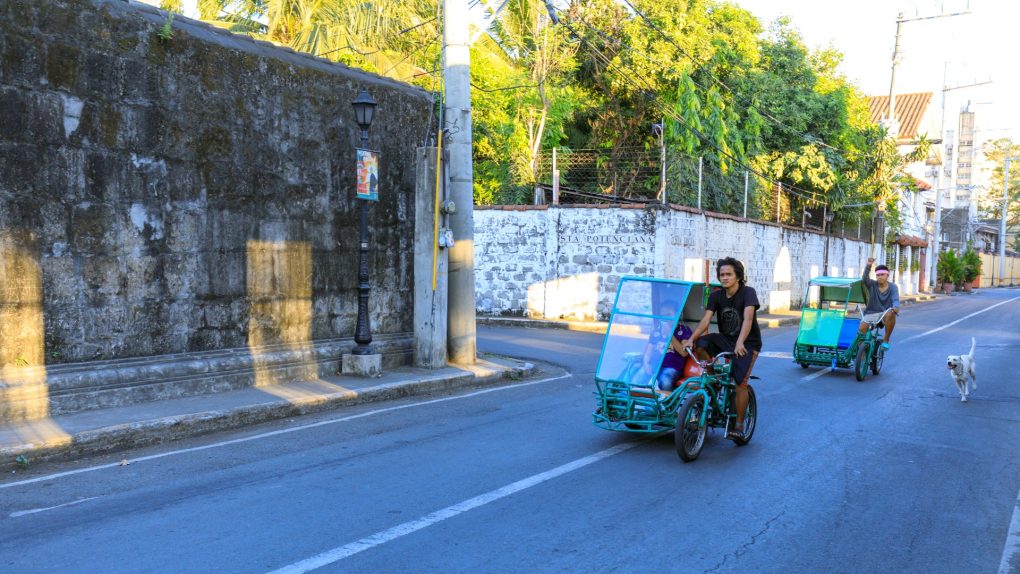
Pedicabs are another popular form of transportation in Intramuros. They are ideal for short distances and can be found around the city. Pedicab drivers are usually friendly and knowledgeable about the area, making them a great option for tourists who want to learn more about the city’s history.
Central Terminal Station
The Central Terminal Station is the main transportation hub in Intramuros. Visitors can catch buses, jeepneys, and taxis from the station to other parts of Manila and beyond. The station is located near the entrance of Intramuros, making it a convenient starting point for exploring the city.
LRT Access
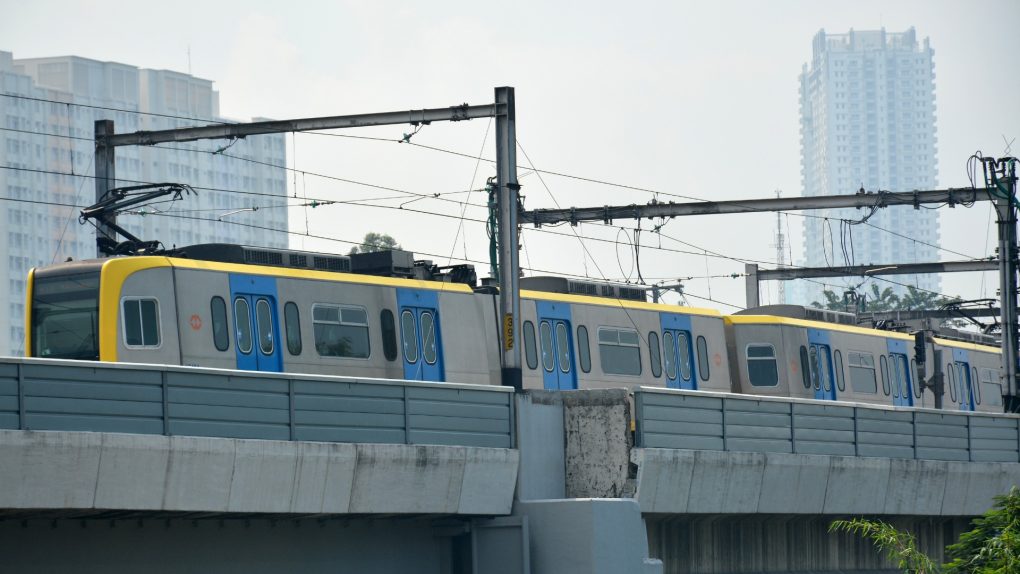
The LRT (Light Rail Transit) is a fast and efficient way to get around Manila. Visitors can access the LRT from various stations around the city, including Central Terminal Station. The LRT is a great option for tourists exploring other parts of Manila outside Intramuros.
Tips and Guide
Intramuros is a popular tourist destination that offers a glimpse of Manila’s rich history. Here are some tips and guides to ensure that visitors can make the most out of their Intramuros experience.
Getting There
Intramuros is located in the heart of Manila and can be easily accessed by various modes of transportation. Visitors can take a jeepney or a taxi to get to Intramuros. Those who prefer a more scenic route can take a ferry ride along the Pasig River.
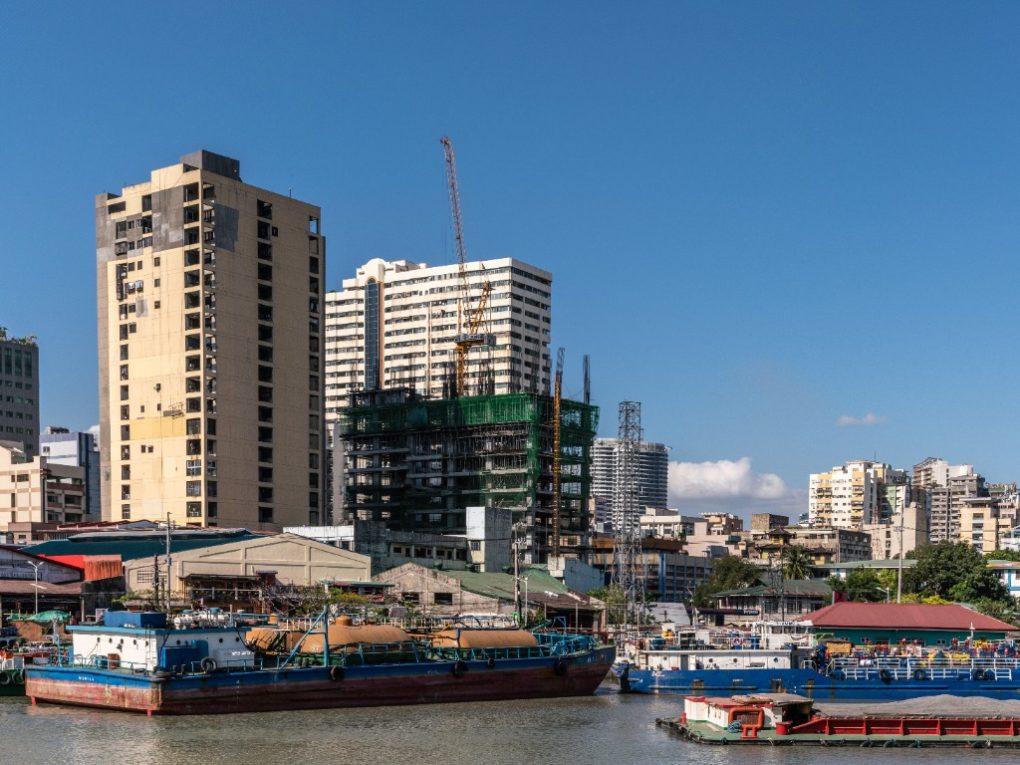
Guided Tours
To fully appreciate the beauty and history of Intramuros, visitors are encouraged to take a guided tour. Several tour companies offer guided tours of Intramuros. These tours are led by knowledgeable guides who can provide insights into the history and culture of Intramuros.
Government Regulations
Intramuros is a UNESCO World Heritage Site, and as such, there are strict regulations that visitors must follow. Visitors are not allowed to litter or vandalize any of the structures within Intramuros. Smoking is also prohibited in public areas.
Explore Trade
Intramuros was once a bustling center of trade and commerce. Visitors can explore the various shops and restaurants within Intramuros to get a taste of the local culture. Several museums within Intramuros showcase the rich history of Manila.
Respect the Heritage Site
Visitors are reminded to respect the heritage site and to be mindful of their actions. They should refrain from touching or climbing on any of the structures within Intramuros. Visitors are also encouraged to take their trash with them and dispose of it properly.
In conclusion, Intramuros is a must-visit destination for anyone who wants to learn more about Manila’s rich history. By following these tips and guides, visitors can ensure that they have a memorable and enjoyable experience in Intramuros.
